Khurshid TV reporter Rafuillah Nikzad took a few seconds of video on his mobile phone at the Kabul Airport on August 15, 2021, the second day of the occupation of the Afghan capital by Taliban fighters. It was his last shooting, after which the journalist had to leave his homeland. It turned out that it was these shots that played a fateful role in the world’s perception of the events in Afghanistan.
Currently, Rafuillah is a participant in the professional protection program Journalists-in-Residence – Kosovo, initiated by the European Centre for Press and Media Freedom (ECPMF). It is implemented by the Association of Journalists of Kosovo (AGK) with the financial support of the Government of the Republic of Kosovo, the Hannah Arendt initiative, and the OSCE Mission to Kosovo. About 20 Ukrainian media men and women are also participating in the program.
Last week, they started training for mobile journalists in Pristina. The training consists of several theoretical and practical modules. Well-known Kosovo reporters shared with their colleagues their experience of working in mobile journalism (MOJO). In particular, the first stage of the training cycle was conducted by Euronews Albania journalist Kosovë Gjoci, as well as an independent journalist and, at the same time, board chairperson of AGK, Xhemajl Rexha.
However, this direction of journalistic activity is used in one way or another by both Ukrainian and Afghan journalists. It is especially useful when it is not possible to use the invariable attribute of traditional journalism – a professional TV camera.
For example, on the day of the Taliban attack, Rafuillah Nikzad went to the airport with a mobile phone in his pocket.
“Thousands of citizens tried to flee the country,” he says. “I filmed people running on the runway after the American military plane. Several dozen men grabbed hold of various parts of the aircraft, but they all fell when the plane began to take off. I didn’t have a chance to share this video; I was busy saving my own life.”
Later, Rafuillah reached Pakistan and sent the video from there to the English edition of The Independent. In a short time, his 30-second clip, filmed and edited with the help of a mobile phone, was viewed by several million viewers. Thanks to him, the world got more details about what was happening in Afghanistan.
Ahmad Shakir Sanghi also risked his life to film the massacre events in Kabul.
“In the morning, I was in my office,” he recalls the day when the radical Islamist movement Taliban came to power in Afghanistan. “My colleagues and I gathered for an emergency meeting and developed a plan on how to proceed. In half an hour, we left the office and made sure that all the employees got home.”
The journalist filmed everything he saw around him. However, the representatives forced him to delete all the recorded materials from his phone.
“Within a week, the Taliban already had information about all the media workers from the city. They came to my house and turned everything upside down. All my cameras, computer, laptop, and even work clothes were checked. I managed to save only one short video on the hard drive and send it to foreign media. After what happened, I realized how important it is to apply mobile journalism.”
“Mobile journalism is a way of survival for newsrooms,” Maryna Zhyvotkova, the editor of the website called Troitske.City and the newspaper Silski Novyny from the Luhansk Region noted during the training. “Our editorial office quite often used the opportunity to purchase new modern gadgets for work “in the field.” This expensive equipment could be purchased with grant funds. Each journalist of our publication had a “blogger kit” and went with it on an editorial assignment.”
Before the full-scale war, Maryna managed to master certain skills of mobile journalism. She notes that they allow her to remain in her profession and effectively communicate with readers now that she had to leave Troyitske, which was occupied by the ruscists [russian soldiers].
“I lost everything: home, work, business,” says Maryna Zhyvotkova. “But I still have my phone. I received it from the National Union of Journalists of Ukraine when I left the occupation for Lviv. Thanks to this gadget, I am doing mobile journalism now while in Kosovo.”
The AGK board chairperson, Xhemajl Rexha, notes the mobile phone is his bread and butter as a journalist. Until recently, Xhemajl hosted an author’s program on television, and now he works as a freelancer in the genre of mobile journalism. He has more than 20 years of professional experience. Thanks to his streams, thousands of people in different parts of the world followed the confrontation between Serbian protesters and the Kosovo police in the north of Kosovo in September of this year. Xhemajl Rexha became the first Kosovar to report from Ukraine last winter.
“When I was traveling by bus from Lviv to Kyiv, I saw many soldiers,” he says. “I photographed them, but unexpectedly for myself, I felt a negative reaction. Later, I learned about the ban on taking photos and videos of Ukrainian military facilities under martial law. It was new, completely unfamiliar to me experience.”
“When there was a war in Kosovo in 1998-99, journalists did not have the technical ability to broadcast live from the scene of the events,” says Xhemajl. “At that time, technologies were not yet so developed, and this, to some extent, affected the coverage of our war in the world media. Now, thanks to modern mobile devices, journalists have the opportunity to quickly distribute information. Thanks to MOJO, the world instantly learned about russian aggression and rallied in support of Ukraine.
In February 2023, Xhemajl Rexha, together with the Euronews Albania film crew, conducted live broadcasts from Mykhailivska Square and also traveled to towns and villages in the Kyiv Region liberated from the russian occupiers. He says that he filmed all the reports during the trip on a mobile phone, but the interview with the President of NUJU, Sergiy Tomilenko – on a professional camera. After returning to Kosovo, he used the filmed materials during news releases and analytical reviews. Also, these shots were included in the film about the professional protection program Journalists-in-Residence – Kosovo, which was presented for the first time in Pristina on the Independence Day of Ukraine.
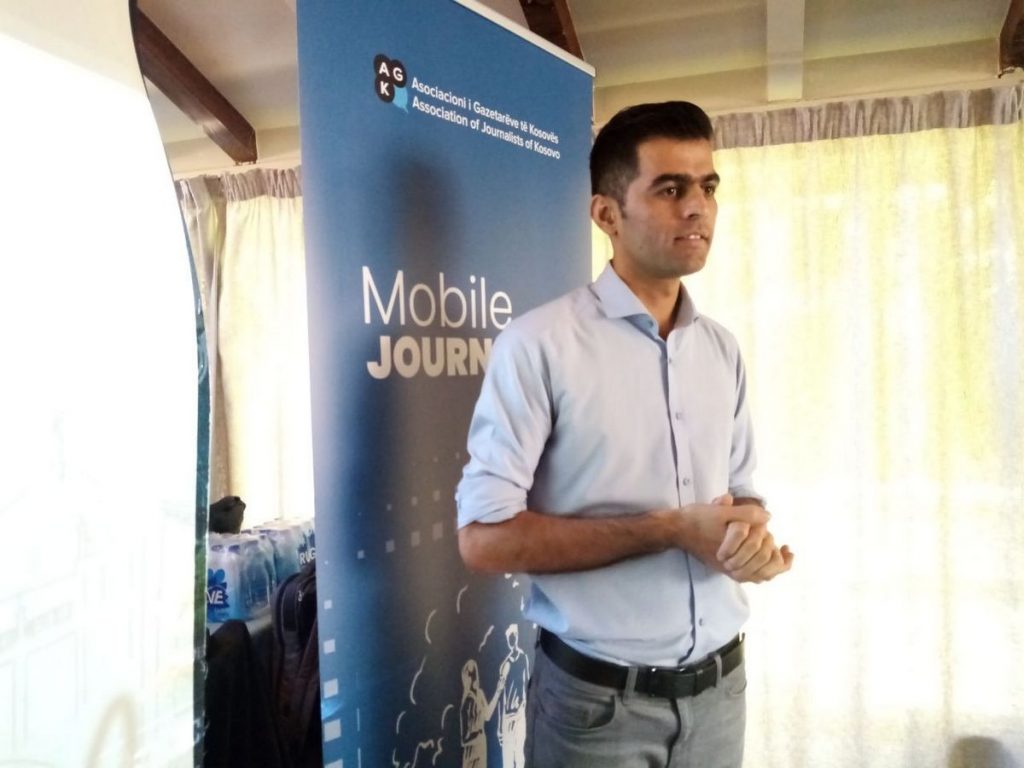

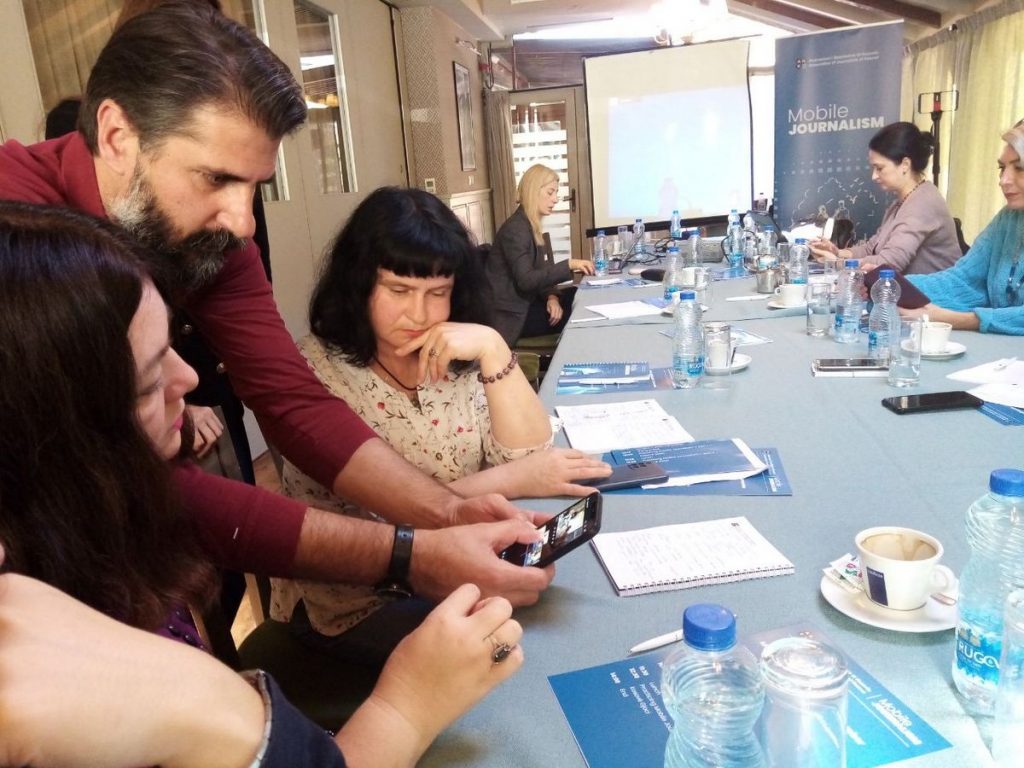
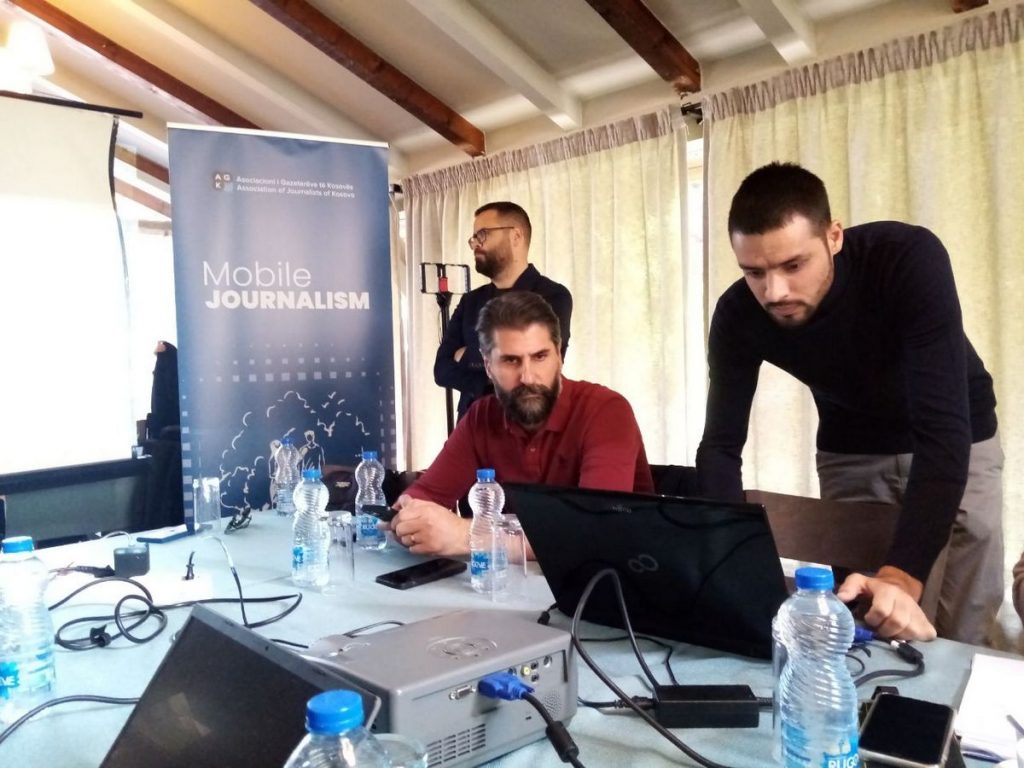
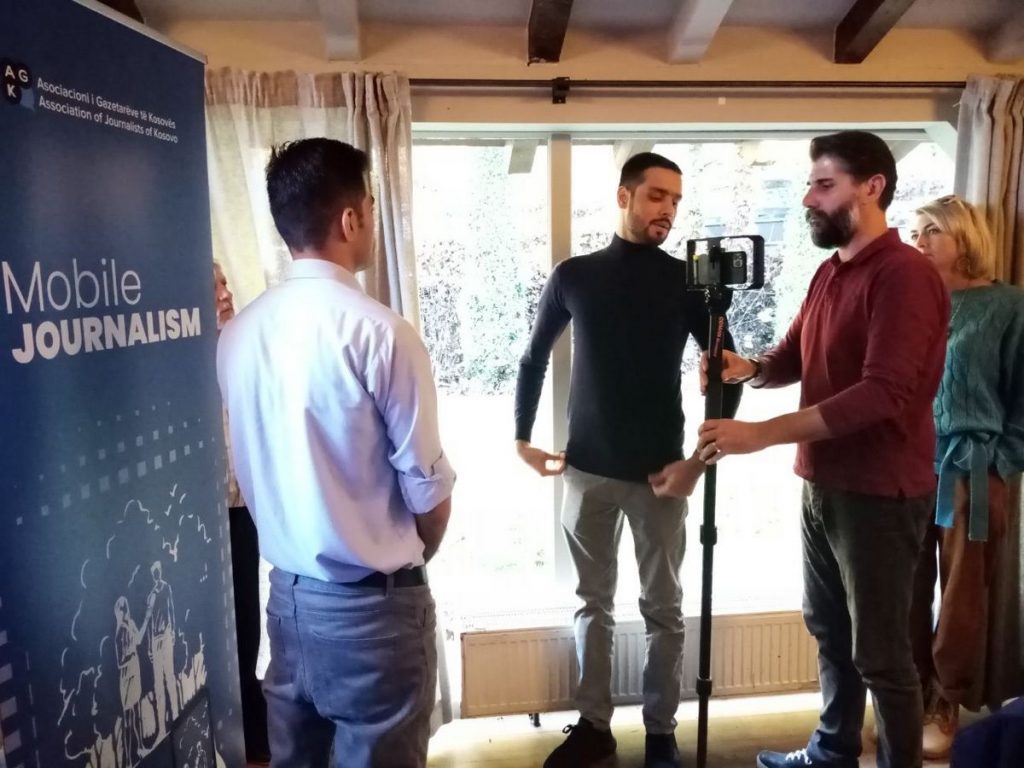
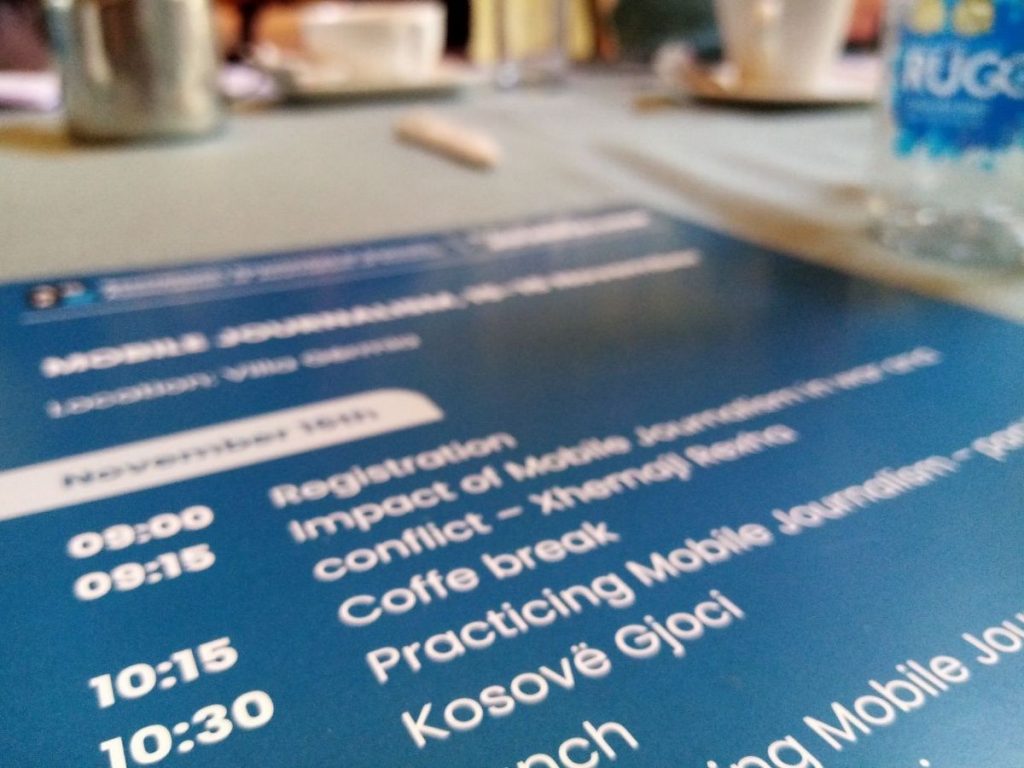
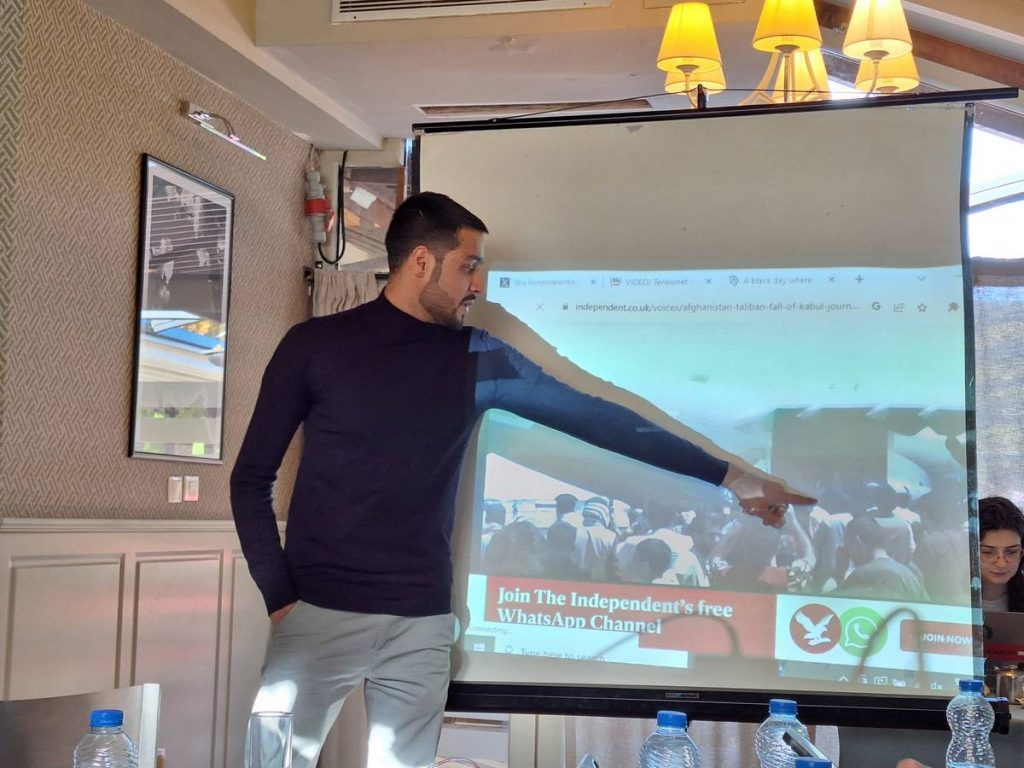
Liudmyla Makei, Pristina
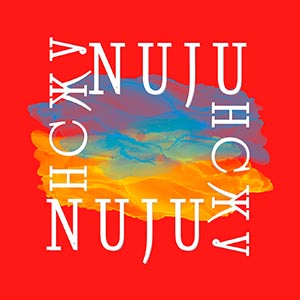
 THE NATIONAL UNION OF
JOURNALISTS OF UKRAINE
THE NATIONAL UNION OF
JOURNALISTS OF UKRAINE
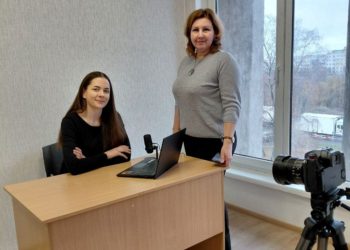
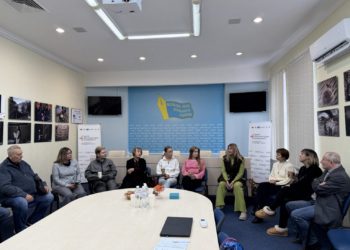

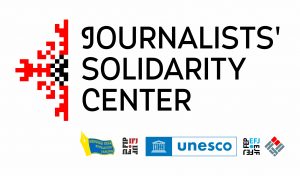
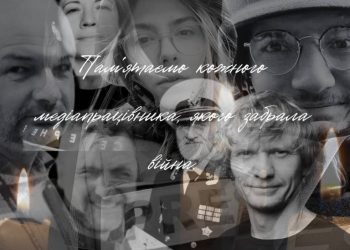







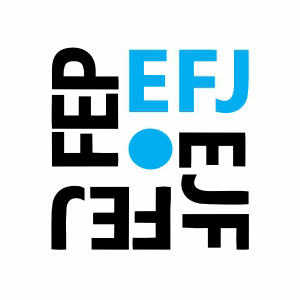



Discussion about this post